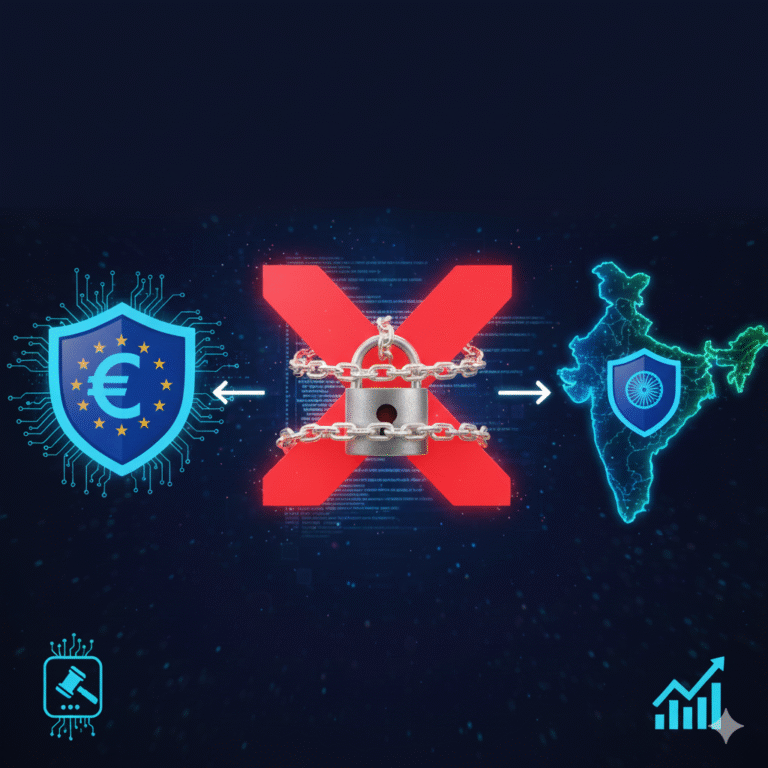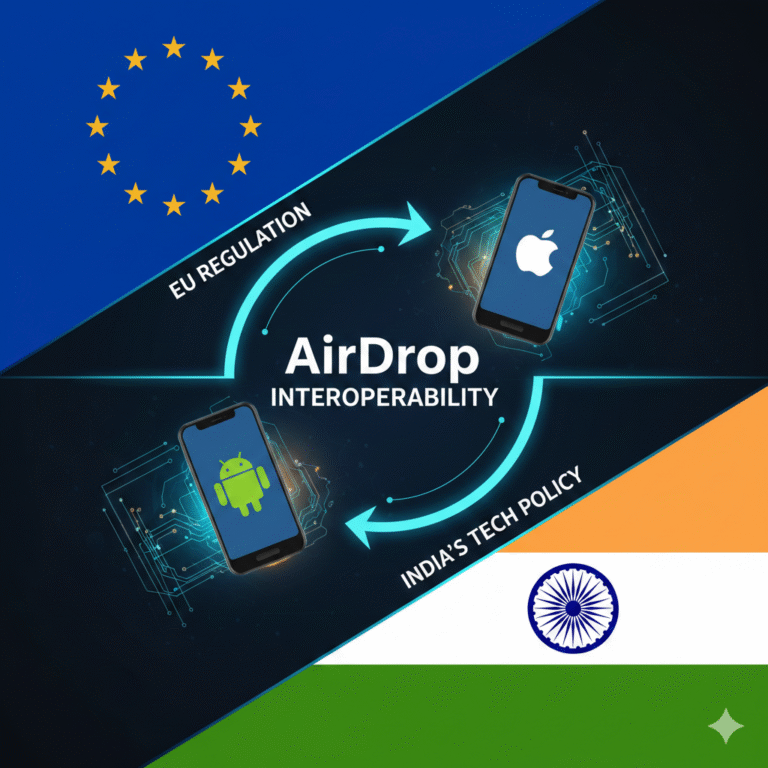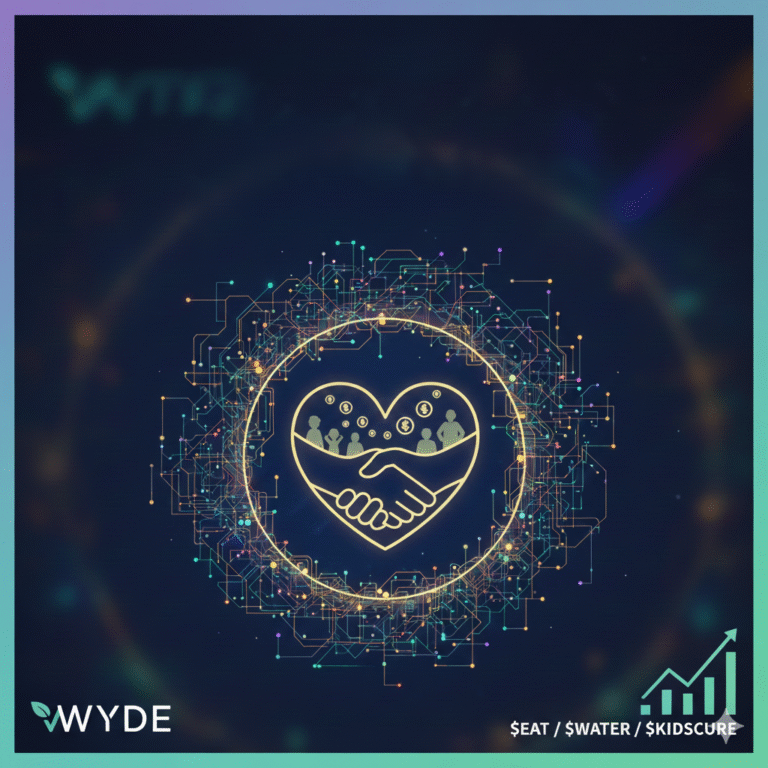The blockchain landscape is currently characterized by a multitude of independent networks, each with its own unique features, strengths, and limitations.1 While this diversity fosters innovation, it also creates silos, hindering the seamless flow of information and value across different blockchains.2 Interoperability, the ability of different blockchain systems to communicate and exchange data, is emerging as a critical factor in unlocking the full potential of this transformative technology.3
The Need for Interoperability
The lack of interoperability presents several challenges:
- Fragmentation: The blockchain ecosystem remains fragmented, limiting the reach and scalability of applications.4
- Limited Functionality: Users are often confined to the specific functionalities and ecosystems of individual blockchains.
- Data Silos: Data remains isolated within individual blockchain networks, hindering the development of cross-chain applications and services.5
- Inhibited Innovation: The lack of interoperability can stifle innovation by limiting the ability to leverage the strengths of different blockchains.6
Key Interoperability Solutions
Several solutions are being explored to bridge the gaps between different blockchain networks:
- Cross-Chain Bridges: These protocols facilitate the transfer of assets (like cryptocurrencies or NFTs) between different blockchains.7 They act as intermediaries, locking assets on one chain and issuing equivalent representations on another.8
- Inter-Blockchain Communication (IBC): IBC is a protocol specifically designed for the Cosmos ecosystem, enabling seamless communication and asset transfer between interconnected blockchains.9
- Sidechains and Layer-2 Solutions: Sidechains and Layer-2 solutions, while not strictly interoperability solutions, can improve communication and data flow by offloading transactions from the main chain, reducing congestion and improving scalability.10
- Decentralized Oracles: Oracles can bridge the gap between on-chain and off-chain data, enabling blockchains to access and utilize real-world information and interact with external systems.11
Benefits of Interoperable Blockchain Networks
Interoperability offers numerous benefits:
- Enhanced Functionality: By combining the strengths of different blockchains, users can access a wider range of functionalities and services.
- Increased Scalability: Interoperability can improve scalability by enabling transactions to be processed across multiple chains, reducing congestion and improving transaction speeds.12
- Improved Liquidity: Interoperability can increase liquidity by enabling assets to be traded and used across different platforms.13
- Enhanced Security: By distributing data and processing across multiple chains, interoperability can enhance security and resilience.14
- New Applications and Use Cases: Interoperability enables the development of novel cross-chain applications and services, such as decentralized finance (DeFi) protocols, supply chain management solutions, and cross-border payments.15
Challenges and Considerations
Despite its promise, interoperability also presents challenges:
- Security Risks: Cross-chain bridges can be vulnerable to attacks, such as hacks and exploits.16
- Scalability Issues: As the number of interconnections increases, scalability challenges may arise.
- Complexity: Implementing and maintaining interoperability solutions can be complex and technically challenging.
- Regulation: The regulatory landscape around interoperability is still evolving, and clear guidelines and standards are needed.
The Future of Interoperable Blockchains
The future of interoperability lies in the development of robust, secure, and scalable solutions that enable seamless communication and data exchange between different blockchain networks. Continued research and development in areas such as cross-chain bridges, IBC, and decentralized oracles will be crucial for realizing the full potential of interoperable blockchains.
Conclusion
Interoperability is a critical factor in unlocking the full potential of blockchain technology.17 By breaking down the silos between different networks, interoperability will enable the creation of a more interconnected and cohesive blockchain ecosystem, fostering innovation, enhancing functionality, and driving widespread adoption.18 As the technology continues to evolve, we can expect to see even more sophisticated and seamless interoperability solutions emerge, paving the way for a truly interconnected and decentralized future.
Frequently Asked Questions (FAQs)
- What is interoperability in the context of blockchain?
- Interoperability refers to the ability of different blockchain systems to communicate and exchange data with each other.19
- Why is interoperability important for blockchain technology?
- Interoperability enables enhanced functionality, increased scalability, improved liquidity, enhanced security, and the development of new applications.20
- What are some examples of interoperability solutions?
- Cross-chain bridges, Inter-Blockchain Communication (IBC), sidechains, and decentralized oracles.
- What are the benefits of interoperable blockchains?
- Enhanced functionality, increased scalability, improved liquidity, enhanced security, and the development of new applications.21
- What are the challenges of interoperability?
- Security risks, scalability issues, complexity, and regulatory challenges.
- How can interoperability improve blockchain scalability?
- By enabling transactions to be processed across multiple chains, reducing congestion and improving transaction speeds.22
- What is the role of decentralized oracles in interoperability?
- Decentralized oracles enable blockchains to access and utilize real-world information and interact with external systems.23
- How can interoperability enhance security?
- By distributing data and processing across multiple chains, interoperability can enhance security and resilience.24
- What is the future of interoperable blockchains?
- The future lies in the development of robust, secure, and scalable solutions that enable seamless communication and data exchange.
- What are the regulatory challenges related to interoperability?
- Establishing clear regulatory frameworks and standards for interoperability solutions is crucial.
- How does interoperability impact the development of decentralized finance (DeFi)?
- Interoperability enables the creation of DeFi protocols that span multiple blockchains, increasing liquidity and expanding the range of available services.25
- What is the difference between a blockchain and a sidechain?
- A sidechain is a separate blockchain that runs parallel to the main chain, enabling faster transaction processing and improved scalability.26
- How can users benefit from interoperable blockchains?
- Users can access a wider range of functionalities, enjoy improved user experience, and benefit from increased liquidity.
- What role does interoperability play in the development of the metaverse?
- Interoperability is crucial for the development of a truly interconnected metaverse, enabling seamless data flow and asset transfer across different virtual worlds.27
- How can I learn more about interoperability in blockchain technology?
- You can learn more by reading research papers, following industry publications, and participating in online communities.











+ There are no comments
Add yours